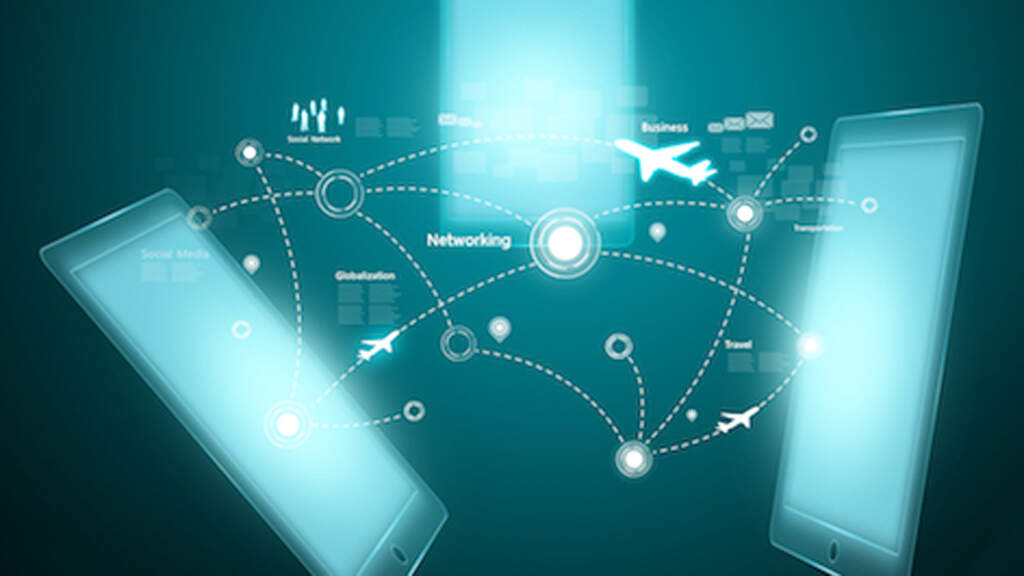Which technology will boost your effectiveness?
In logistics, new technologies are creating opportunities for DACHSER clients in logistics and supply chain management. In our industry, information, communication and automation technologies have substantially increased the speed of identification, data gathering, processing, analysis and transmission, with high level of accuracy and reliability. It now plays a major role in the success of supply chain management by enhancing the overall effectiveness and efficiency of the logistics system.

Logistics providers in Africa, need to utilise these technologies in order to enhance the customer experience, create a seamless process in the supply chain and retain customers. I have identified three categories of technology advancements in the industry. They are Automatic Information Technology, Communication Technology, and Information Technology. Each system, when implemented appropriately alleviates pressure on the supply chain and enhances customer satisfaction.
Automatic Identification Technology
Automatic Identification (Auto ID) is the term used to describe the direct entry of data or information in the computer system, programmable logistics controllers or any microprocessor-controlled device without operating a keyboard. These technologies include Bar Coding, Radio Frequency Identification (RFID) and Voice Recognition. Auto ID can be used for tracking the containers, packages, cartons or a truck carrying the goods on time bound dispatches to the customers. The benefits of Auto ID include accuracy, cost saving, speed and convenience of data storage and processing of information.
Communication Technology
The communication, either oral or written has a very crucial role in the logistics success. The following are emerging communications technologies, which are enablers to superior customer service leading to competitiveness through the speed and accuracy in communication. Immediate communication between the relevant parties, and accurate tracking is essential to customer satisfaction. The following communication technologies can be used by providers to communicate between parties and track customer products.
- Electronic Data Interchange (EDI)- which is a technology used for transfer of business documents from one computer to other computer. It is the real time document transfer in the supply chain, quickening an often lengthy process.
- Very Small Aperture Terminal (VSAT)- To trace and track the goods carrier, a dish antenna is fixed on the vehicle. This allows the communication between driver, consignor and consignee. The real – time interaction helps in having the up-to-date information on the location of truck and the delivery position.
- Geographical positioning System (GPS)- The GPS is more accurate system used in developed countries wherein a vehicle could be traced accurately.
- Geographical Information System (GIS)- GIS are the software tools for visualization of special location of any entity on earth which is stored in databases relating to geography.
- Web Based Tracking- DACHSER provides the services of web based tracking of consignments to their clients. This information helps in planning the dispatch schedule and also making follow up with clients for payment collections.
- Automated Guided Vehicle System (AGVS)- The system makes use of magnetic or optical guidance system. AGVS can perform all the material handling operation without any human involvement.
- Information Directed System (IDS)- In this a centralized computer controls the material handling equipment. The required movements are fed into a computer and it assigns the jobs to the individual equipment considering its maximum loading capacity and handling speed. IDS can perform variety of complex material handling jobs such as multiple order picking or multiple vehicle loading leading to enhancement in warehouse productivity and flexibility in handling variety of jobs.
Information Technology (IT)
IT consists of hardware and software that captures, analyses and provides information wherever it is needed. Since the supply chain management is defined as network of organizations, these organizations cannot form a network unless they are connected through IT resulting into transparency in the supply chain and aligning the supply chain activities towards customer. IT positively impacts the following aspects of the supply chain: procurement, planning, web-based collaboration, scheduling, inventory management, logistics and warehouse management and customer service.
The IT tools used in logistics and supply chain management are:
- Enterprise Resource Planning (ERP)- ERP is integrated software, encompassing all the business operations and bring about significant change in the way people work.
- Distribution Requirement planning (DRP)- It is another IT tool and also a sophisticated planning approach that takes into consideration multiple distribution stages and the characteristics of the distribution system.
- Automated Inventory tracking system (AITS) - The AITS is an IT tool that gives real time status of the inventory levels of all the items at retail stores, feeder and mother warehouses.
Technology is a vehicle to boost supply chain competitiveness, performance and the customer’s experience by enhancing the overall effectiveness and efficiency of logistics system. Hence choosing the right technology for various logistics activities or sub-processes is very crucial to any organisation to gain competitive advantage in today’s competitive market.